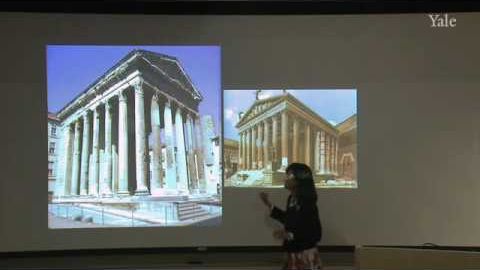
Subtitles & vocabulary
21. Making Mini Romes on the Western Frontier
00
Sofi posted on 2015/03/18Save
Video vocabulary
period
US /ˈpɪriəd/
・
UK /ˈpɪəriəd/
- Noun (Countable/Uncountable)
- Set amount of time during which events take place
- A way to emphasize what you will say
A1TOEIC
More part
US /pɑ:rt/
・
UK /pɑ:t/
- Noun
- Division of a book
- Ratio of something, e.g. 3 of gin, 1 of tonic
- Transitive Verb
- To make a line in a person's hair, by using a comb
A1TOEIC
More interesting
US /ˈɪntrɪstɪŋ, -tərɪstɪŋ, -təˌrɛstɪŋ/
・
UK /ˈɪntrəstɪŋ/
- Adjective
- Taking your attention; making you want to know
- Remarkable or significant.
- Transitive Verb
- To make someone want to know about something
- To persuade to do, become involved with something
A1
More architecture
US /ˈɑrkɪˌtɛktʃɚ/
・
UK /ˈɑ:kɪtektʃə(r)/
- Uncountable Noun
- Design and construction of buildings
- The style or design of a building or buildings.
A2
More Use Energy
Unlock All Vocabulary
Unlock pronunciation, explanations, and filters
